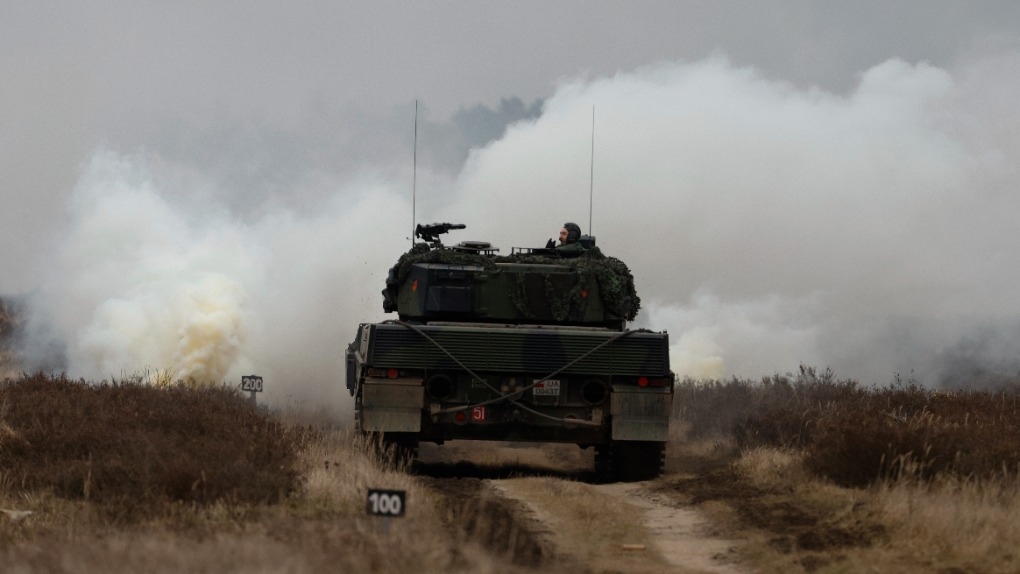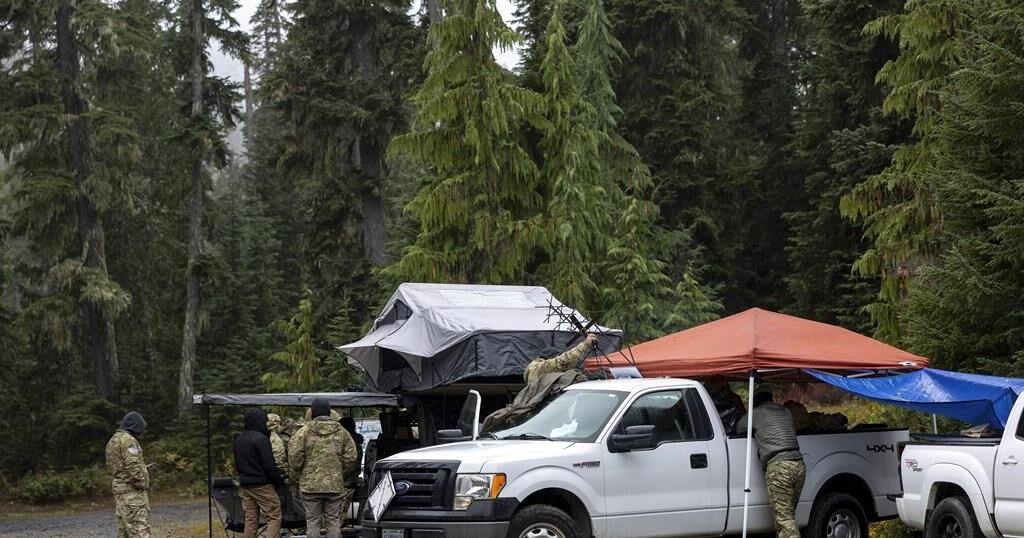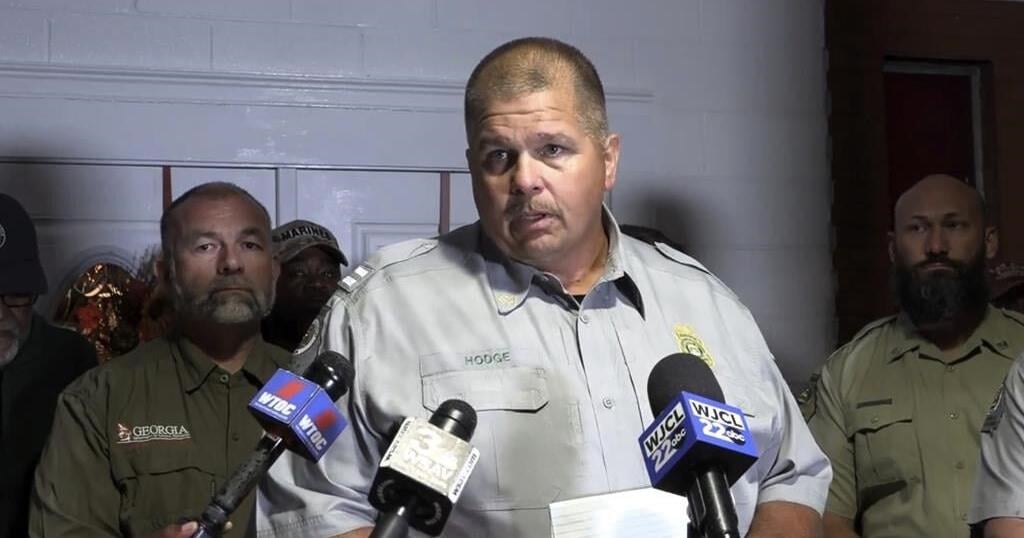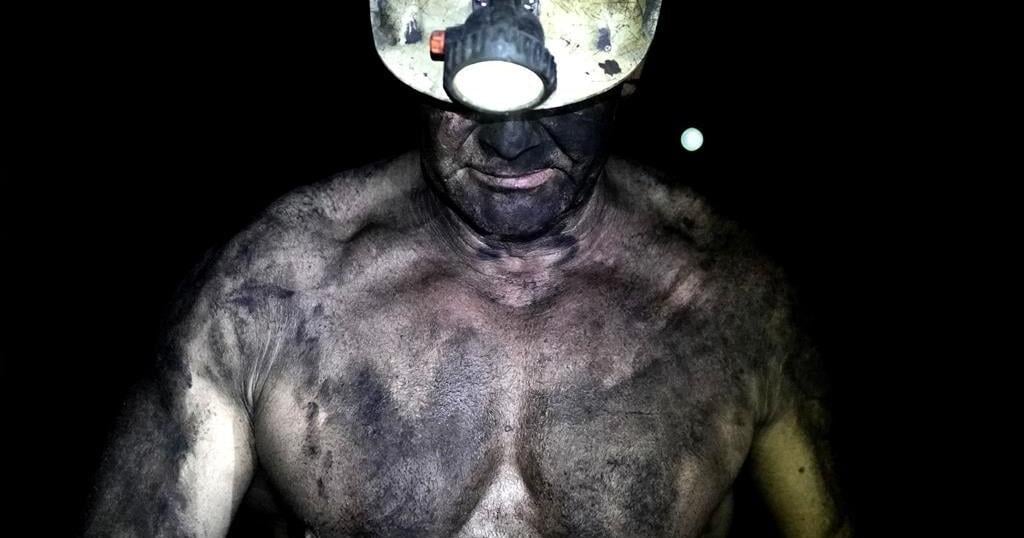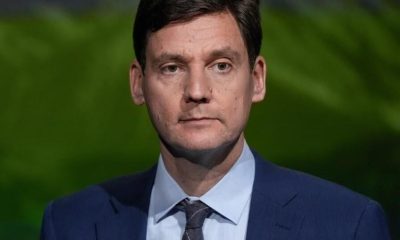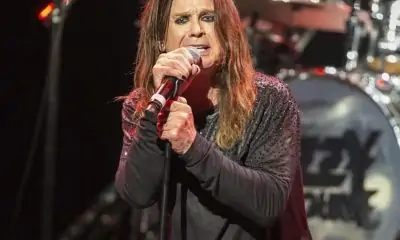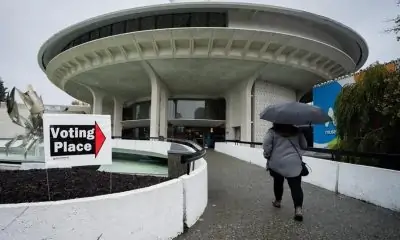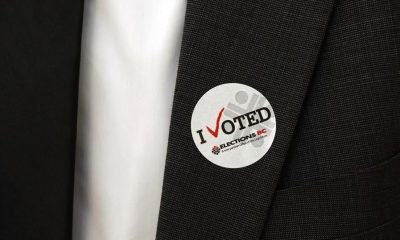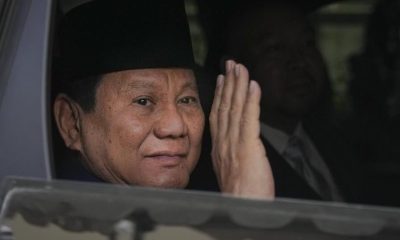SAVANNAH, Ga. (AP) — Georgia authorities said Sunday they are investigating the “catastrophic failure” of a dock gangway that collapsed and killed seven people on an island off the state’s Atlantic seacoast, where crowds gathered for a celebration by the island’s tiny Gullah-Geechee community of Black slave descendants.
“It is a structural failure. There should be very, very little maintenance to an aluminum gangway like that, but we’ll see what the investigation unfolds,” Georgia Department of Natural Resources Commissioner Walter Rabon said at a news conference, a day after the tragedy on Sapelo Island.
He said three people remained hospitalized in critical condition from Saturday’s collapse.
Hundreds were visiting Sapelo Island for a Cultural Day event when disaster struck
The gangway, installed in 2021, gave way as an estimated 700 people visited largely unspoiled Sapelo Island, about 60 miles (nearly 100 kilometers) south of Savannah and 7 miles (11 kilometers) offshore. No bridge connects the island to the mainland. People traveled there Saturday for the annual fall Cultural Day event spotlighting Hogg Hummock, home to a few dozen Black residents. The community of dirt roads and modest homes was founded after the Civil War by former slaves from the cotton plantation of Thomas Spalding.
Rabon said “upwards of 40 people” were on the gangway when at least 20 fell into the water. Installed in 2021, the gangway connected an outer dock where people board the ferry to another dock onshore.
Rabon said his agency had extra staff working, 40 people total, on Saturday because of crowds. After the collapse, the U.S. Coast Guard and local sheriff’s and fire departments rushed to the island to help, using boats and helicopters.
A ferry worker says he tried to help but two people were already dead
Ed Grovner was working as senior mate on one of the ferries taking people between the island and the mainland. He told The Associated Press the ferry pulled up to the dock a short time after the collapse and crew members saw orange lifejackets bobbing in the water that had been tossed in to help people who had fallen. Grovner said he and other crew members tried to help a man and a woman, with someone administering CPR, but they were already dead.
“I couldn’t sleep last night,” Grovner said. “My wife said I was sleeping, I was hollering in my sleep, saying, ‘I’m going to save you. I’m going to save you. I’m going to get you.’”
He sighed deeply and said: “I wish I could’ve did more.”
Small coastal communities descended from enslaved island populations in the South — known as Gullah, or Geechee in Georgia — are scattered from North Carolina to Florida, including on Sapelo Island. Scholars say their separation from the mainland caused residents to retain much of their African heritage, from their unique dialect to skills such as basket weaving.
Hogg Hummock resident Jazz Watts was at the festival site, where visitors gathered for demonstrations on crafting quilts and fishing nets while sampling island foods like smoked mullet and gumbo, when word spread of the collapse.
Watts said when he arrived, he saw emergency responders and civilians pulling people from the water and trying to administer CPR and other aid. Some of the dead were covered with blankets.
“It’s devastating,” Watts said. “When you see people being carried that are wrapped in blankets and they have died; it’s traumatizing to everyone.”
A human chain was formed to pass victims from the water to the shore
Resident Reginald Hall was among those who charged into the water, where an outgoing tide created a strong current that was pulling victims toward the ocean.
Hall said he was handed a 2-year-old child and passed her along a chain of bystanders to shore, roughly 60 yards (55 meters) away. He then helped carry blanket-wrapped bodies.
“It was chaotic,” Hall said. “It was horrible.”
JR Grovner loaded an injured woman into the back of a pickup truck and drove her to a field where a helicopter was evacuating victims. The ground was thick with tall grasses that camouflaged holes dug by wild boars, he said.
Sapelo Island residents in 2015 sued McIntosh County and the state of Georgia in federal court, arguing they lacked basic services including facilities and resources for medical emergencies. In a 2022 settlement, county officials agreed to build a helicopter pad on the island.
JR Grovner, Hall and Watts all said that still hasn’t happened. Patrick Zoucks, the McIntosh County manager, did not immediately respond to an email message seeking comment.
The ferry dock was rebuilt in 2021 after Georgia officials reached a settlement in the same lawsuit, in which island residents complained that state-operated ferry boats and docks failed to meet federal accessibility standards for people with disabilities.
Grovner said he complained to one of the ferry captains about four months ago that the gangway to the ferry didn’t seem sturdy enough, but nothing happened. Rabon said he wasn’t aware of any complaints being made.
Watts said a private healthcare provider had planned to open a clinic in a county-owned building long used as Sapelo Island’s community center. But the deal fell apart when county commissioners decided to lease the space for use as a restaurant.
None of the seven dead were island residents, Rabon said. And Watts, Hall and JR Grovner said they weren’t aware of any family members of island residents among the dead.
Rabon identified one of the dead as Charles Houston Jr., a chaplain for the Natural Resources agency.
Investigators are now trying to understand why the walkway failed
A team of investigators with expertise in engineering and accident reconstruction — with assistance from the Georgia Bureau of Investigation — was on the site Sunday to begin probing why the walkway failed.
In 1996, Hogg Hummock, also known as Hog Hammock, was placed on the National Register of Historic Places, the official list of treasured U.S. historic sites.
But the community’s population has been shrinking for decades, and some families have sold their land to outsiders who built vacation homes. Tax hikes and local zoning changes have been met with protests and lawsuits by Hogg Hummock residents and landowners. The zoning changes approved in 2023 doubled the size of homes allowed in Hogg Hummock, prompting residents’ fears that larger homes would lead to tax increases that could force them to sell land their families have held for generations.
____
Associated Press writer Emily Wagster Pettus reported from Jackson, Mississippi.

